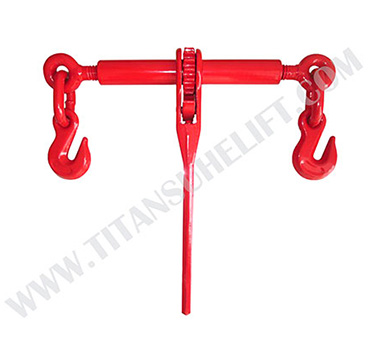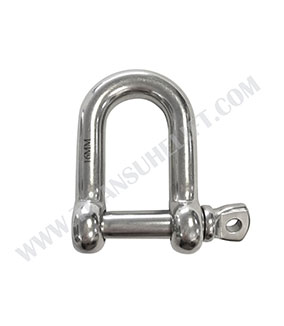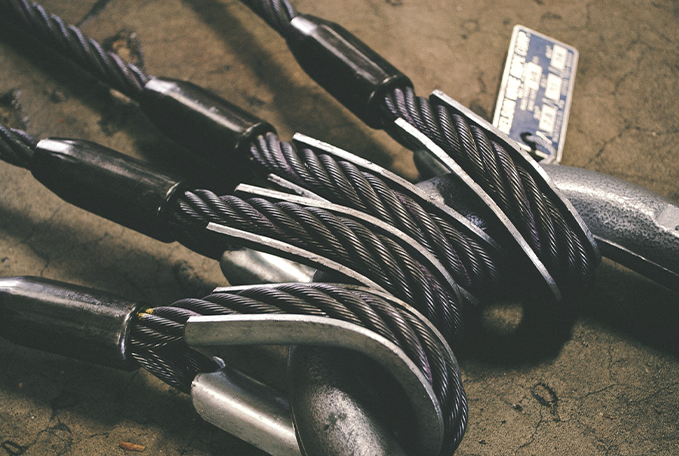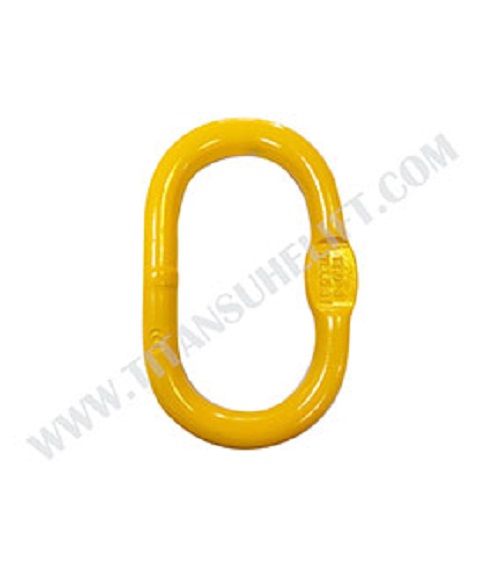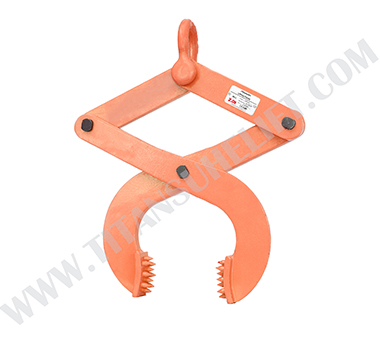Load Binder
Load binder is an essential tension device to tight and secure load during transport. It is normally used together with binder chain to provide tie down and securement, protect load from dropping during dynamic movement on trucks, trailers, vans or any other transport facilities. There are lever type load binder used for straight line pull and ratchet type load binder that can give more controlled and effort-saving pull.
How is a load binder constructed?
Lever type load binder is made with a simple structure, a hinged lever and a tension hook on each end.
Ratchet type load binder is structured with ratchet gear, ratchet pawl, ratchet lever, two tension hooks with screw bolt that can be threaded in/out for take-up.
How does a load binder work?
When operate a lever type load binder, simply pull on one end of the tension hook, the lever will be hinged to take-up the slack. After 180-degree rotation of the lever around the hinge, the load binder will be locked to secure the loads.
To operate small ratchet chain binder, shaking the ratchet lever, the gears and screw will work together to increase the tension force manually and gradually.
What is the advantage of load binder?
Lever type load binder is very simple and easy for installation. It provides quick secure and release of the tension force. Super less moving parts also need very little maintenance.
small chain bindersneed very small effort to give huge tension force. It reduce the undue stress or stain on operator's body. It allows slow, but steady loading and unloading of the tension force, enable more controlled securement.
Precautions for safety use of load binder
Inspect before use. Replace worn and deformed binders.
Lubricate pivot and swivel points for optimum performance.
Always wear gloves to maintain a good grip on the binder handle.
Do not exceed working load limit
Do not operate with anyone on load. Keep out of path of moving handle
Never use cheater bars on the handle in an attempt to increase the tie down tension. Cheater bars can put excessive force on the tie down.
Always apply lever binder in a straight line hook-to-hook manner without bending and such that handle goes down when securing load.
Tighten binders before moving and re-check frequently.
Secure handle down with a positive retaining method.
Release handle / load with extreme care. Make sure everyone is clear. Lever binder handle can snap back over center. Use open palm under handle and push up.
For more detailed and professional advice aboutprecautions for safety use of load binder, you can contact Titansuhelifting equipment factory for Documents.
For more information about manual chain hoistand types of chain binders, please feel free to contact us!
There are many load binder suppliers, but we are one of the best choices for you.
Send product request
Other supplier products
| Shackles | Shackles lifting equipmentis an essential parts to make connection between the lifting equipment such as hoist hook or lifting slings and the load ... | |
| Wire Rope Sling Parts Components | Wire rope components, wire rope parts, wire rope assemblies are the most used products both in the industrial field and civil field. From custom st... | |
| Master Links And Sub Assemblies | Master linksand Sub Assemblies are the main links to construct single leg or multiple leg lifting slings. Working as the control link, these links ... | |
| Dumbwaiter Elevator China | Dumbwaiter elevator chinais a reliable, time-saving and practical way to transport items between different floors of a house or building. In terms ... | |
| Crane Lifting Clamps | Crane lifting clamps, one of the lifting tools and equipment are specially designed for positioning, hoisting, and transferring steel sheets/struct... |
Same products
| Load Binder | Seller: CHONGQING TITAN SUHE TECH CO., LTD | Load binder is an essential tension device to tight and secure load during transport. It is norma... |









